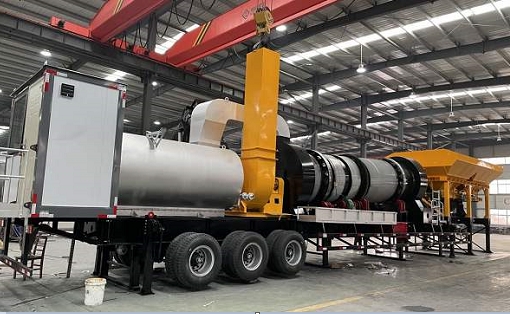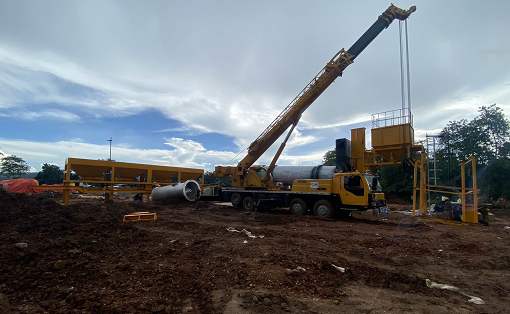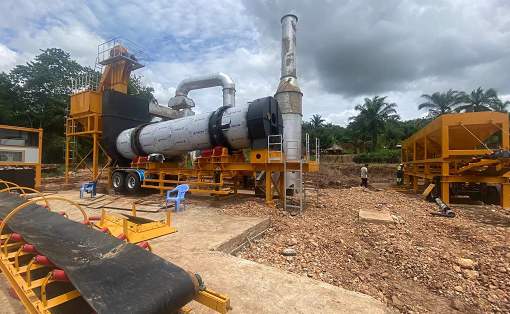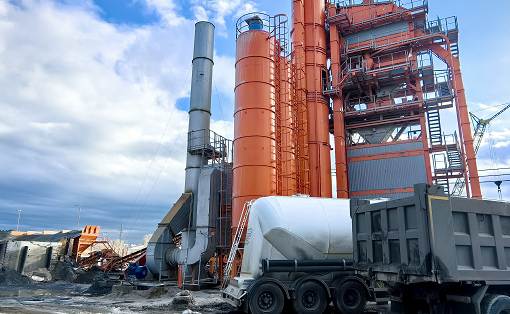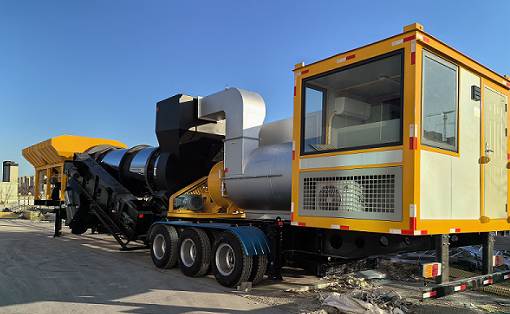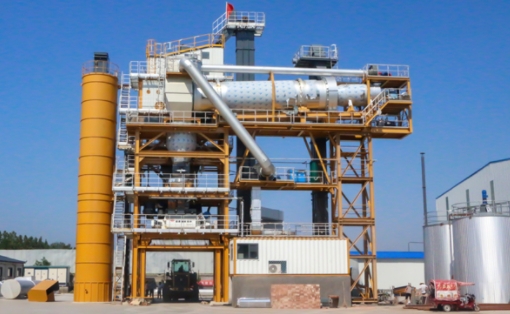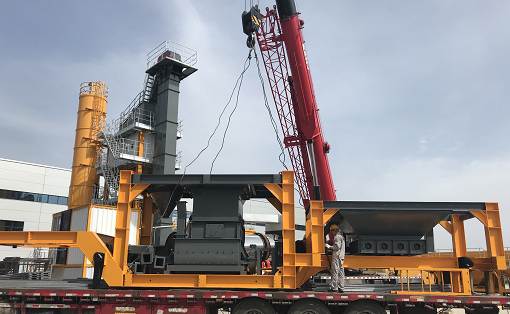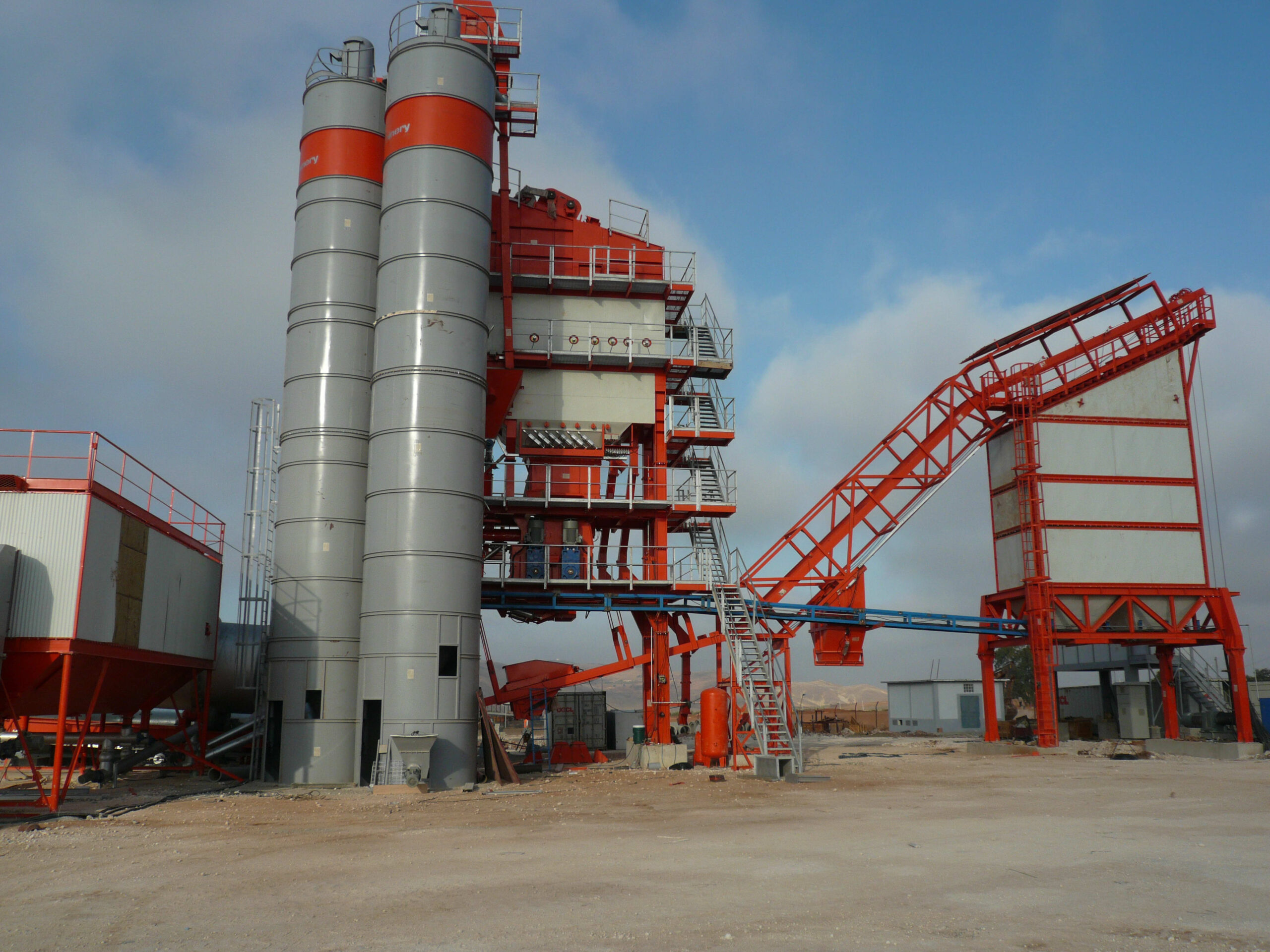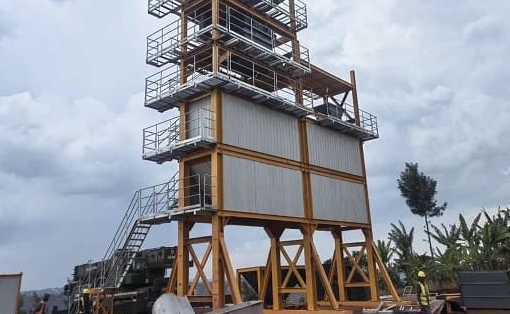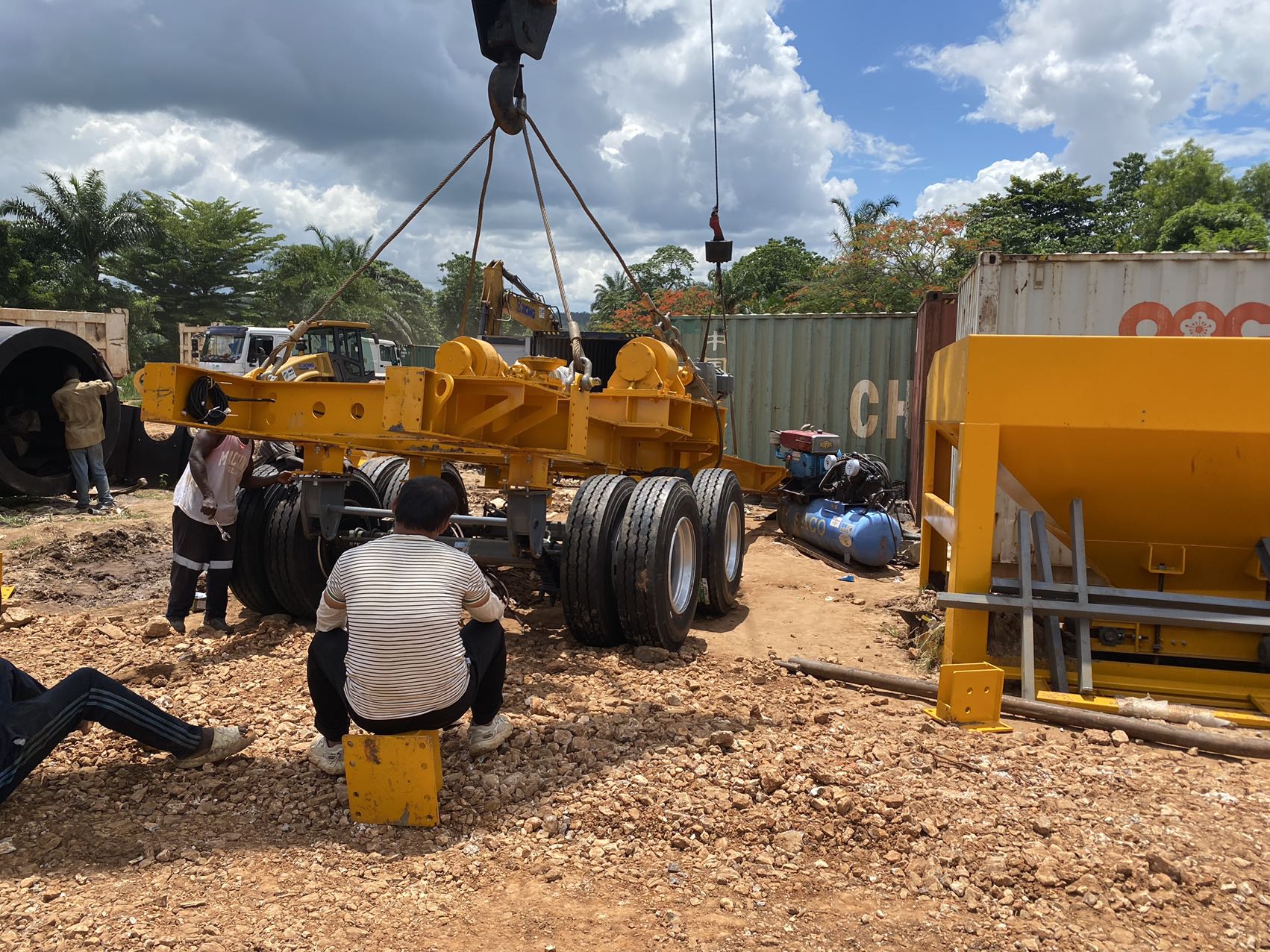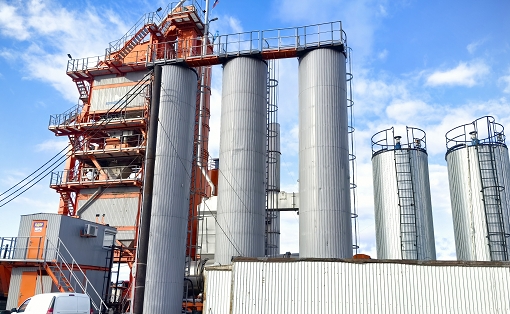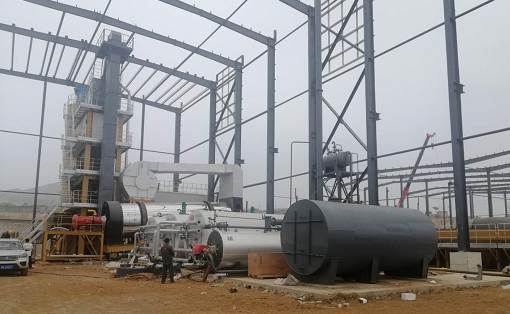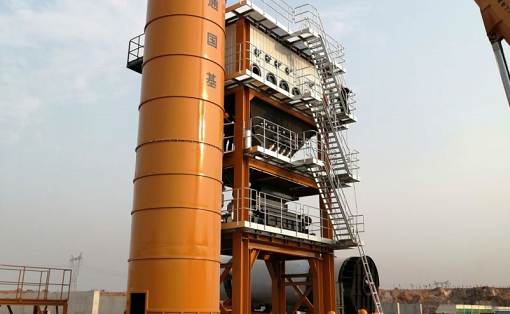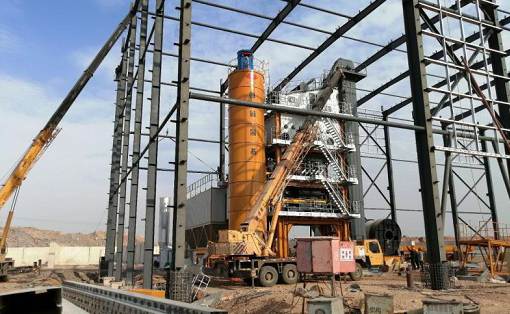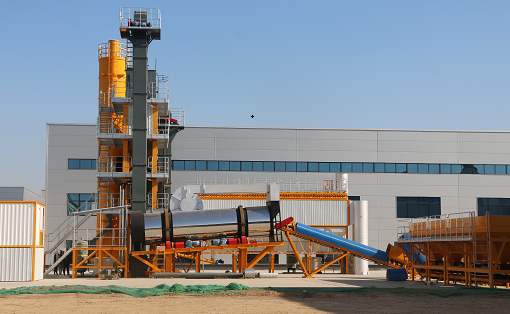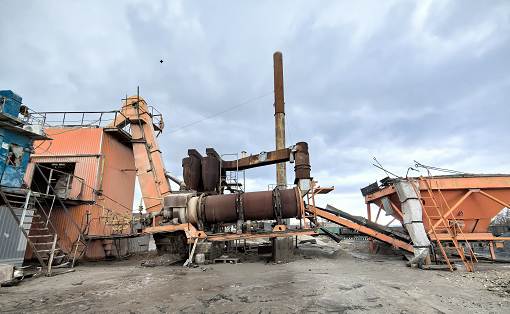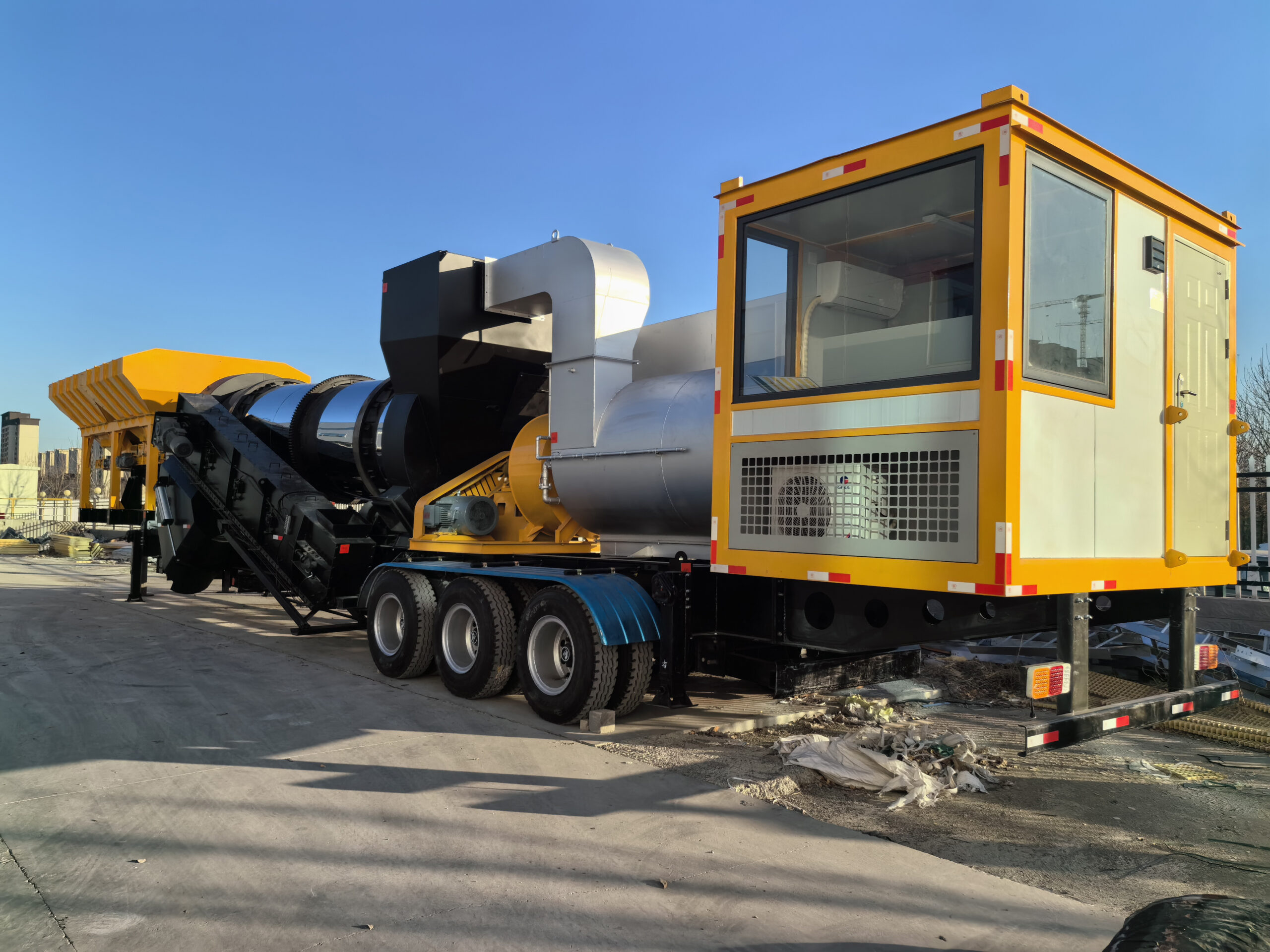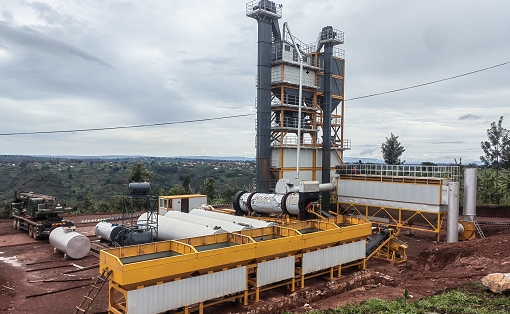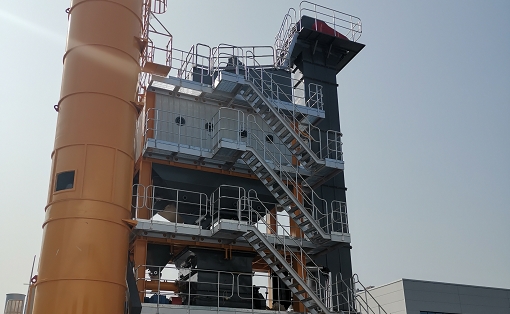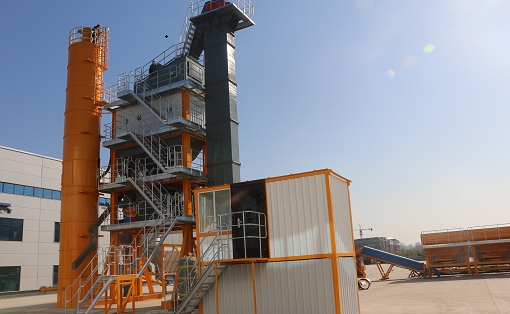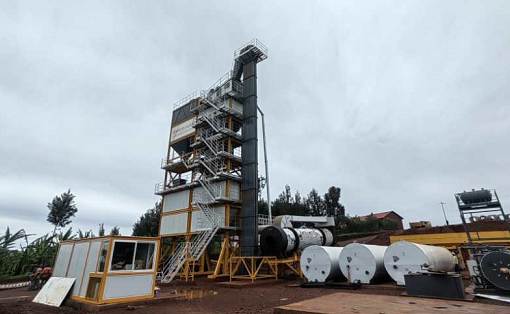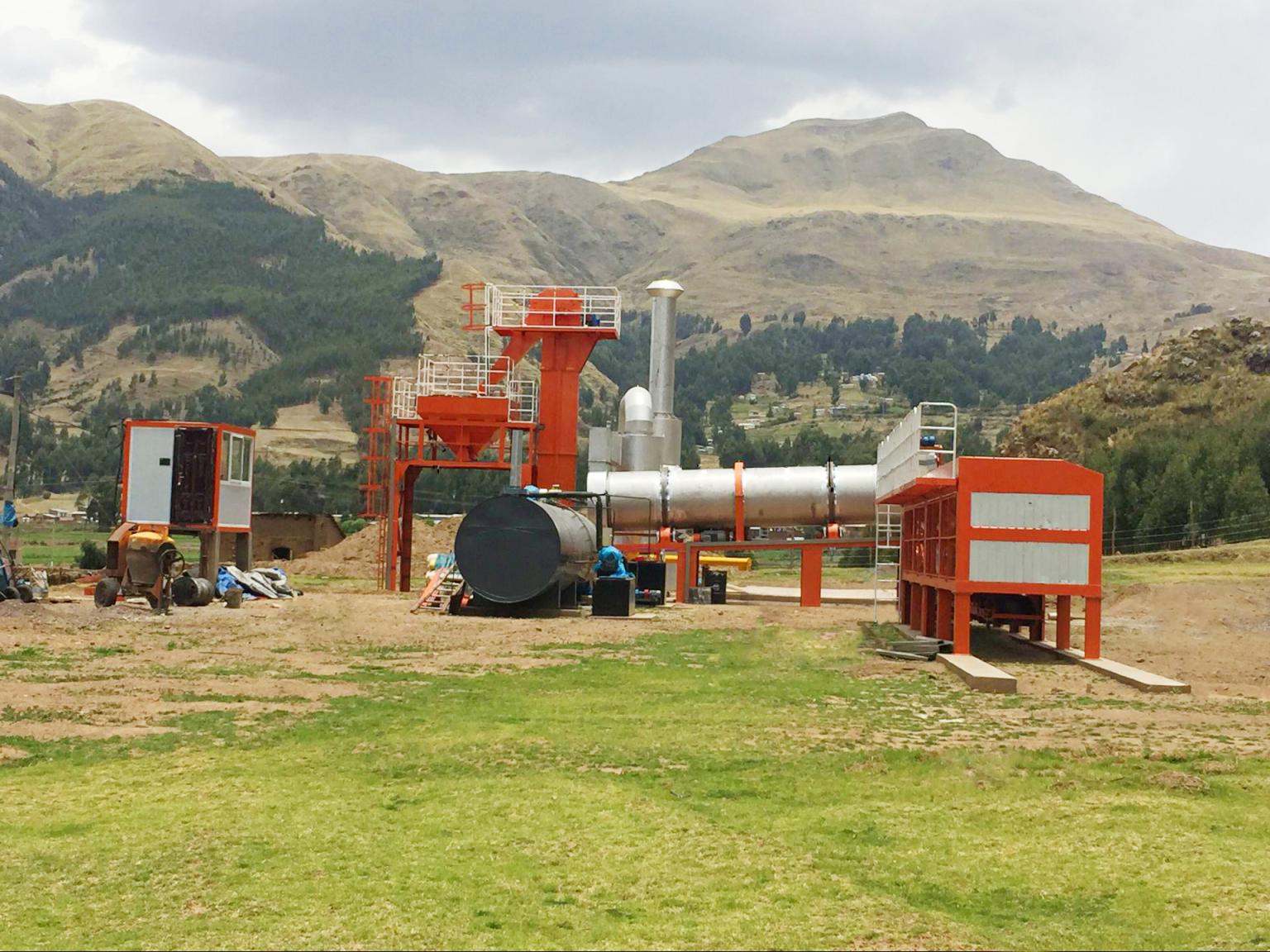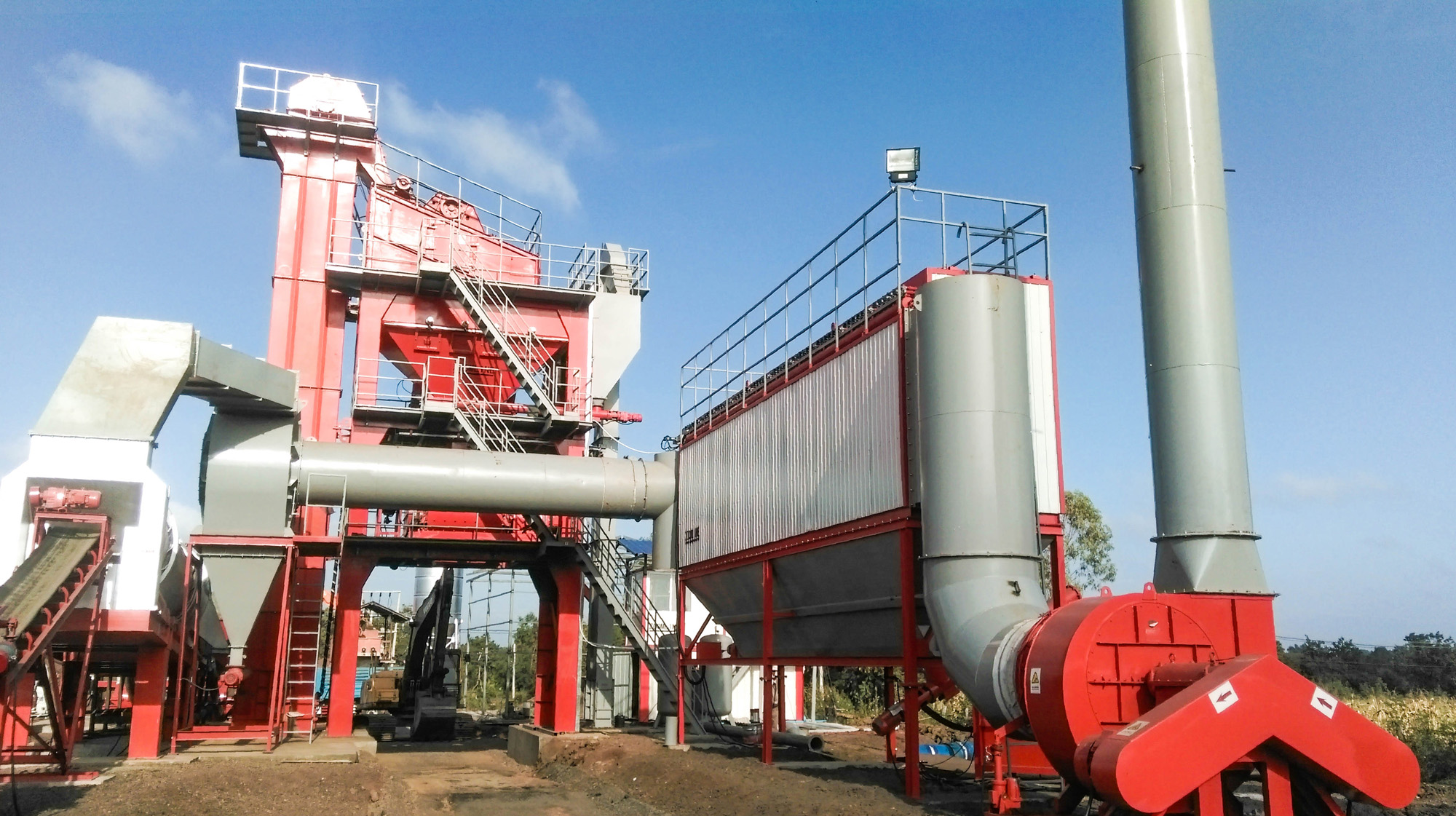Treatment of conveyor belt deviation in asphalt concrete mixing equipment
Asphalt concrete mixing equipment generally uses conveyor belt conveyors to transport cold materials. Its main advantages are large conveying capacity, continuous operation, simple equipment structure and automatic control. However, belt deviation is a common fault, which directly affects the drying operation of the drying drum and also affects the production efficiency of the mixing equipment. Therefore, it is very important for the asphalt mixing station to solve the belt deviation problem at the operation site of the asphalt concrete mixing equipment.
Asphalt concrete mixing equipment generally uses conveyor belt conveyors to transport cold materials. Its main advantages are large conveying capacity, continuous operation, simple equipment structure and automatic control. However, belt deviation is a common fault, which directly affects the drying operation of the drying drum and also affects the production efficiency of the mixing equipment. Therefore, it is very important for the asphalt mixing station to solve the belt deviation problem at the operation site of the asphalt concrete mixing equipment.
1. Belt deviation condition
The belt of the conveyor belt conveyor is a ring-shaped closed structure. During normal operation, the conveyor belt runs in a circular turnover, and the center lines of the upward and downward belts are parallel to each other or in the same plane. The operation is stable without jumping, and the deviation along the width of the belt does not exceed 5% of the width of the belt; the tensile stress of the belt along its width is equal. During the operation of the conveyor belt conveyor, when the deviation of the belt exceeds 5% of its width, it is called belt deviation. At this time, the center lines of the upward and downward belts are not parallel or in the same plane, and the tensile stress of the belt along its width direction changes, and the tensile stress of the belt on the deviation side increases.
2. Reasons for deviation
When the conveyor belt is running, the belt contacts the roller. The interaction force between the belt and the roller is related to the contact degree and friction coefficient of the belt and the roller in the direction of the belt width. If the contact degree of the belt and the roller at each point along the width direction of the belt is different, then the interaction force at each point is also not equal. When the force on the roller is applied, the roller will be subjected to the action of the torque M, causing the roller to rotate clockwise along the center line of the belt. However, because the roller is fixed on the frame of the belt conveyor, this kind of movement is not allowed, so the belt will move to the left to balance the movement trend of the roller, so that the belt will deviate. There are many factors that cause the belt to deviate.
The main reasons are:
① The installation position of the cold aggregate grading machine hopper or the inclined belt conveyor hopper is incorrect, resulting in the belt being overloaded.
② The manufacturing and installation quality of the conveyor frame and rollers is not high, resulting in uneven forces between the belt and the rollers along the width of the belt.
③ The bonding quality of the conveyor belt is not high, resulting in uneven joints and a bell-mouth phenomenon.
④ The belt itself has poor performance and poor troughing, resulting in overload.
⑤ The belt is partially damaged. The above factors will cause the tension of the belt along the width direction to change, and eventually cause the belt to move to the side with greater tension, causing the belt to deviate.
3. Correction measures
(1) Correction principle
When the belt deviates to the left, the left side of the roller will tilt forward at an angle along the running direction of the belt, and the belt will be affected by the friction of the roller. N can be decomposed into two components, namely, the component Nx along the width direction of the belt and the tangential component Nt that causes the roller to rotate. The force Nx is the correcting force that causes the belt to move to the right, thus achieving the correction.
(2) Correction measures
① Tilt the flat roller forward at an angle of 2°-4° along the running direction of the belt on the side where the belt is deviating.
② Set two sets of self-aligning grooved rollers with reversible rotating frames along the length direction of the belt to automatically correct the deviation of the belt.
③ Install a certain number of anti-deviation vertical rollers on both sides of the belt on the frame of the conveyor belt conveyor to forcibly prevent the belt from deviating.
④ Perform surface treatment on some rollers, apply rubber coating on the outer surface of the rollers, and use the rubber surface to enhance the belt’s ability to resist lateral displacement.
⑤ Use an automatic deviation correction system, that is, use photoelectric technology to monitor the running status of the conveyor belt. When the belt deviates to a certain position, the photoelectric switch receives and sends a signal to control the deviation correction device to automatically correct the belt. There are currently two main types of this deviation correction device: mechanical and hydraulic.

